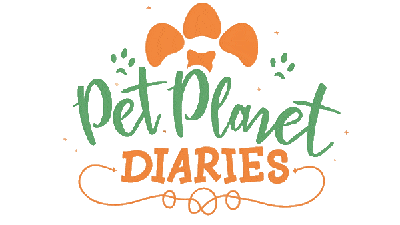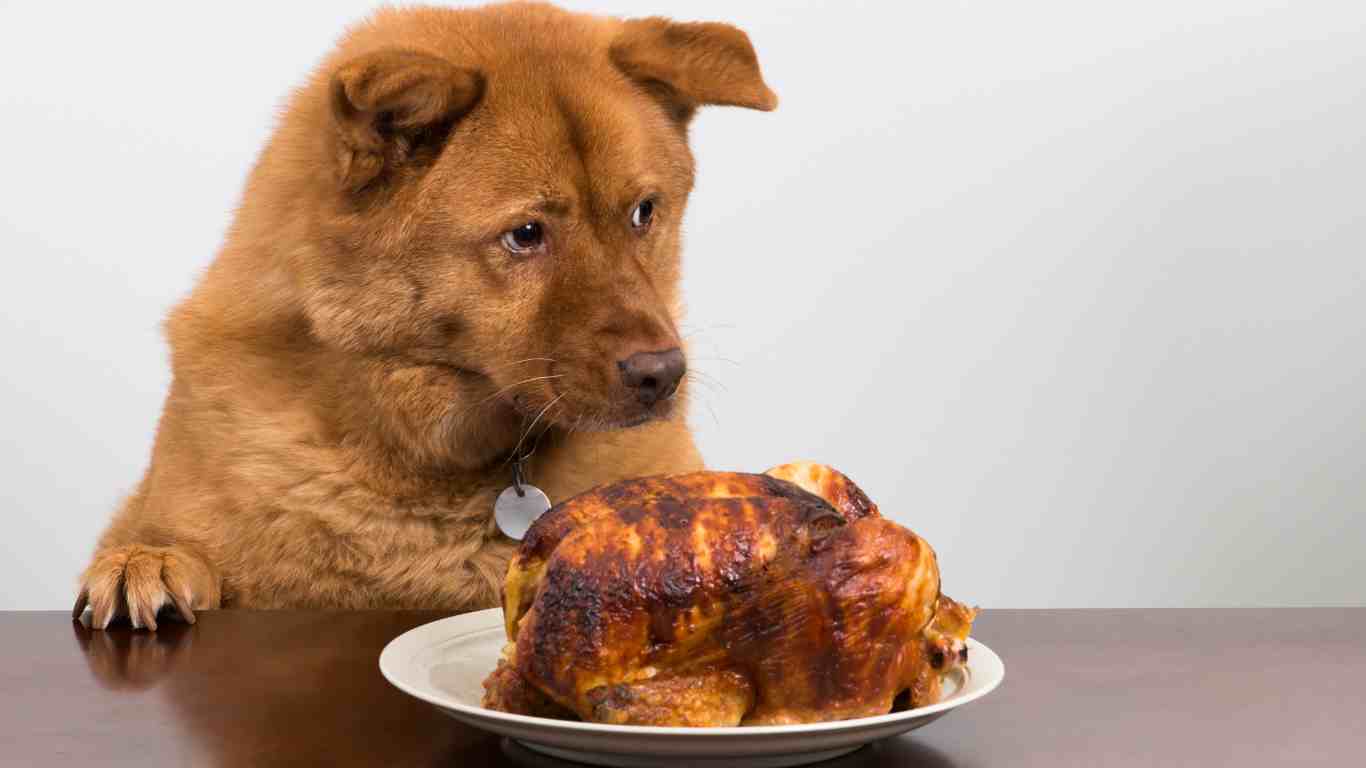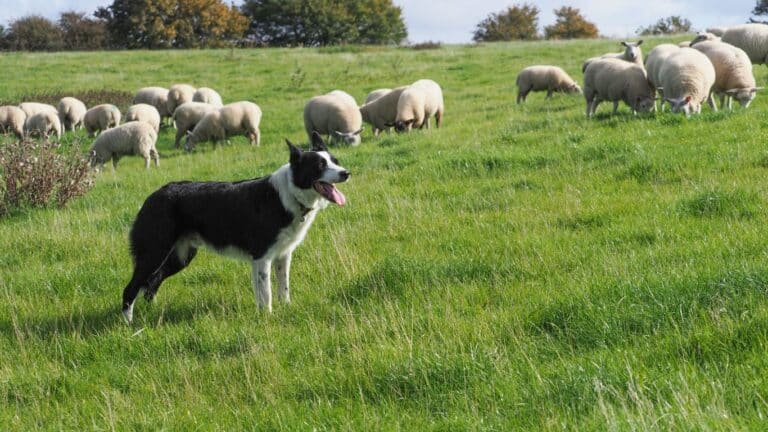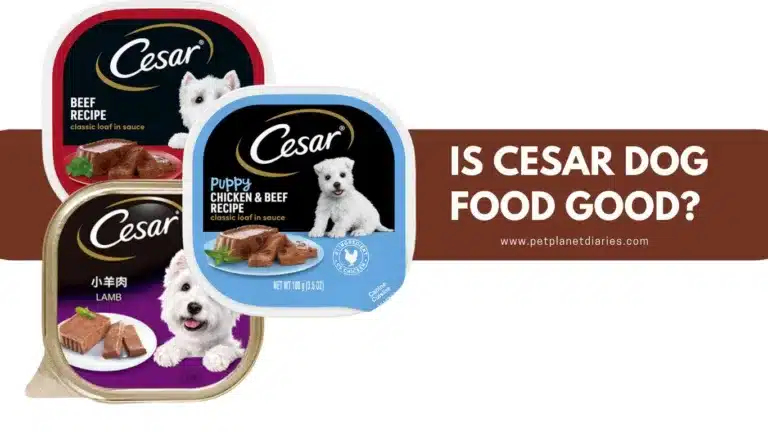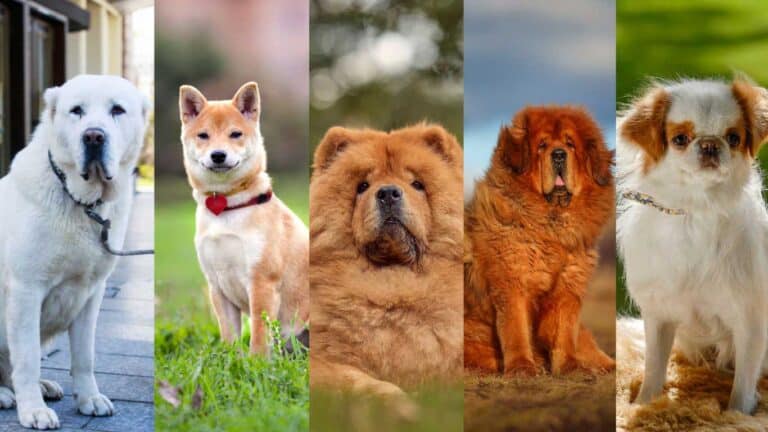When it comes to selecting the ideal dog food for your furry friend, understanding the ingredients is essential. One commonly used ingredient found in many dog food formulations is chicken meal. Curious pet owners often inquire, “What is Chicken Meal in Dog Food?” to gain insights into the nutritional value it provides for their beloved pets.
Chicken meal in dog food is a concentrated protein source made from cooked and dried poultry meat. It is important to note that chicken meal excludes feathers, feet, and entrails, focusing solely on high-quality protein derived from the meat. This makes it an excellent ingredient for supporting canine muscle development and overall health.
The process of creating chicken meal involves cooking and drying the chicken meat to remove moisture and fat, resulting in a nutrient-dense ingredient with high protein content. The components of chicken meal primarily consist of muscle tissue, skin (minus feathers), and finely ground bones.
Contrary to some misconceptions, chicken meal is not a lower quality protein source or made from undesirable animal parts. In fact, chicken meal is highly digestible and contains essential amino acids that are vital for muscle maintenance, immune response, and tissue repair in dogs.
What is Chicken Meal and Its Components
When it comes to understanding the nutritional value of chicken meal in dog food, it’s important to know what exactly chicken meal is and what it consists of. Chicken meal is a concentrated form of animal protein that is commonly used as an ingredient in dog food formulations. It is produced through a rendering process that removes moisture and fat from chicken, resulting in a nutrient-dense ingredient with high protein content.
So, what exactly are the components of chicken meal? Chicken meal is primarily composed of:
- Muscle tissue
- Skin (minus feathers)
- Finely ground bones
These components are carefully selected and processed to create a highly digestible and nutritious ingredient for your furry friend. The muscles and skin provide valuable protein, while the ground bones offer essential minerals.
By using chicken meal in dog food, pet food manufacturers can ensure that dogs receive the necessary protein and nutrients for their overall health and well-being.
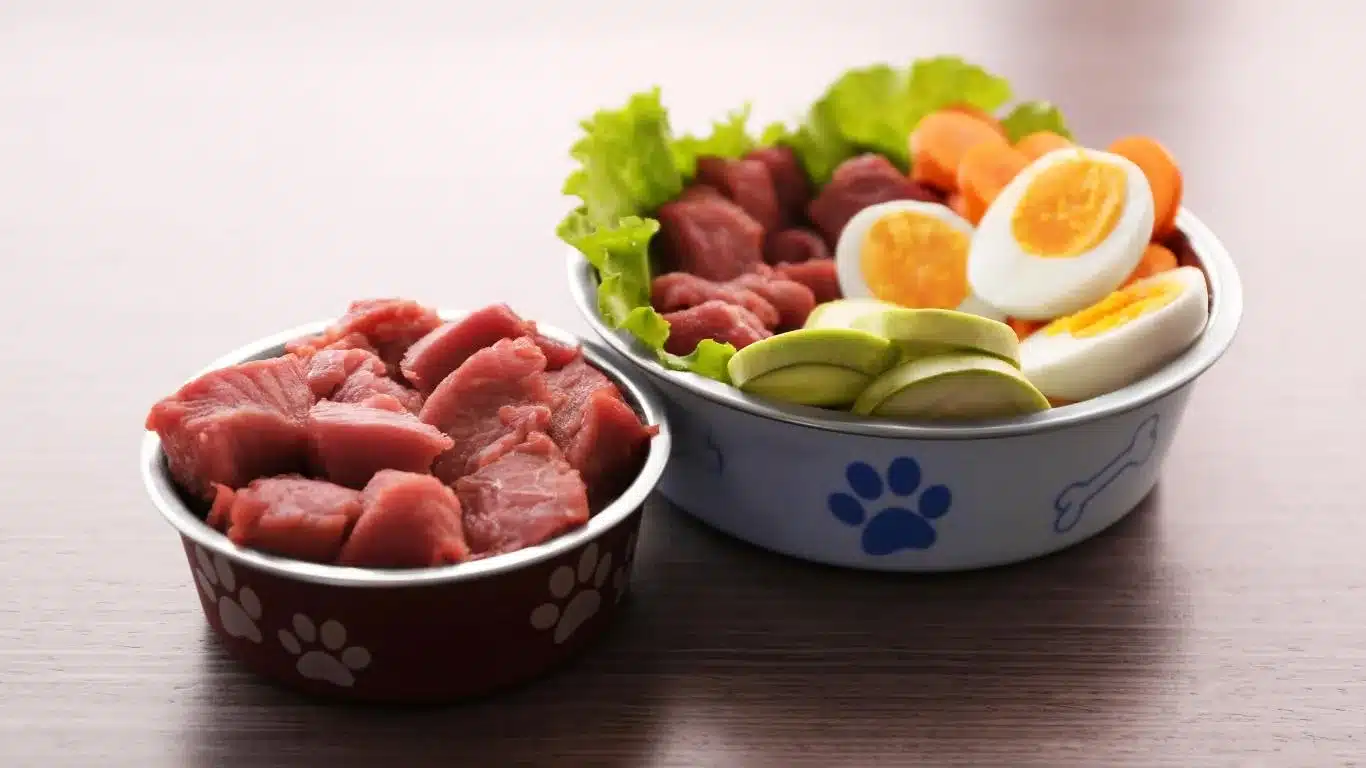
Benefits of Chicken Meal Nutrition:
With chicken meal as an ingredient, dogs can benefit from:
- Enhanced muscle development and maintenance
- Improved immune system function
- Supply of essential amino acids for tissue repair
Overall, chicken meal provides dogs with a highly digestible and nutrient-rich source of protein, promoting optimal health and vitality.
Debunking Myths about Chicken Meal
There are common misconceptions surrounding chicken meal in dog food that warrant clarification. Contrary to popular belief, chicken meal is not a lower quality protein source or made with unwanted animal parts. Additionally, there is a misconception that chicken meal is less digestible than whole chicken. Let’s address these myths and unveil the truth about chicken meal.
Contrary to this belief, chicken meal is actually a concentrated and high-quality protein source in dog food. It is made from cooked and dried poultry meat, excluding feathers, feet, and entrails. By removing these unwanted parts, chicken meal provides a concentrated protein that supports muscle development and overall health in dogs. Don’t let the term “meal” deceive you. Chicken meal is a valuable ingredient that contributes to a balanced and nutritious diet for your furry friend.
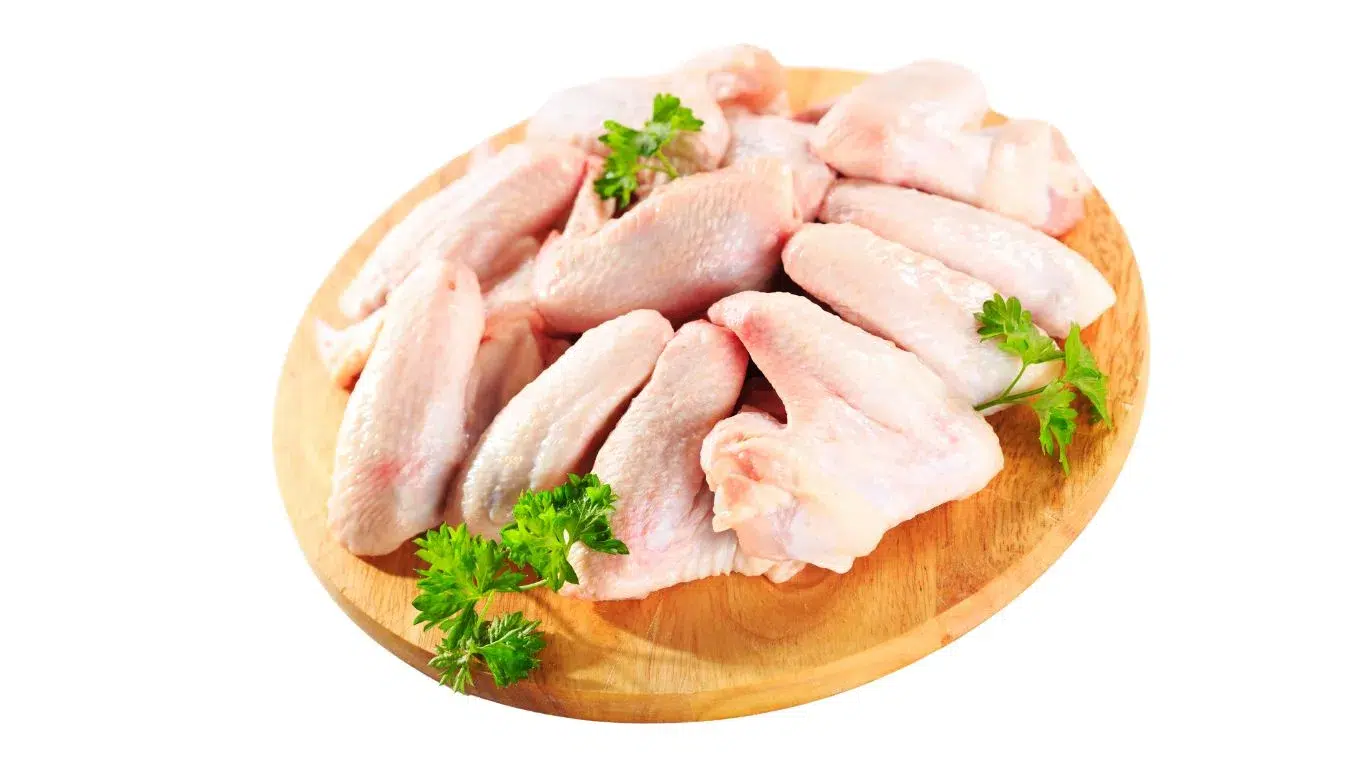
Another common misconception is that chicken meal is less digestible compared to whole chicken. However, scientific studies have shown that chicken meal has a high digestibility rate for dogs. The rendering process used to create chicken meal removes moisture and fat, resulting in a nutrient-dense ingredient that is easy for dogs to digest. This ensures that the essential nutrients from chicken meal are effectively absorbed by your dog’s body, supporting their overall well-being.
It is important to dispel these misconceptions about chicken meal and recognize its value as a concentrated and digestible protein source in dog food. By understanding the truth behind these myths, you can confidently choose dog food products that include chicken meal, knowing that it provides the necessary nutrients for your pet’s health.
| Misconceptions | Truth |
|---|---|
| Lower quality protein source | Chicken meal is a concentrated and high-quality protein source. |
| Unwanted animal parts | Chicken meal excludes feathers, feet, and entrails. |
| Less digestible than whole chicken | Chicken meal has a high digestibility rate for dogs. |
Knowing the truth about chicken meal can help you make informed decisions when selecting the best dog food for your furry companion. By choosing products that contain high-quality chicken meal, you ensure that your dog receives the necessary nutrients for optimal health and well-being.
Protein Quality in Chicken Meal
Chicken meal is an excellent source of protein for your furry friend. It contains essential amino acids that play a crucial role in various bodily functions.

The high protein content in chicken meal promotes muscle development and maintenance, ensuring your dog stays strong and active. It also supports a healthy immune system, helping your pet ward off illnesses and stay in optimal health. Additionally, protein is essential for tissue repair, enabling your dog to recover from injuries or surgeries more effectively.
By incorporating chicken meal into your dog’s diet, you provide them with the necessary nutrients to thrive. The quality of protein in chicken meal makes it a valuable ingredient in many dog food formulations.
For a detailed breakdown of the protein content in chicken meal compared to other ingredients, refer to the table below:
| Protein Content Comparison | Chicken Meal | Other Ingredients |
|---|---|---|
| Protein Content | 85% | Varies |
| Essential Amino Acids | Complete | May be incomplete |
| Rich in | Leucine, lysine, arginine | Varies |
| Beneficial for | Muscle development, immune support, tissue repair | Varies |
As you can see from the table and image above, chicken meal stands out for its high protein content and essential amino acid profile, making it an excellent choice to meet your dog’s nutritional needs.
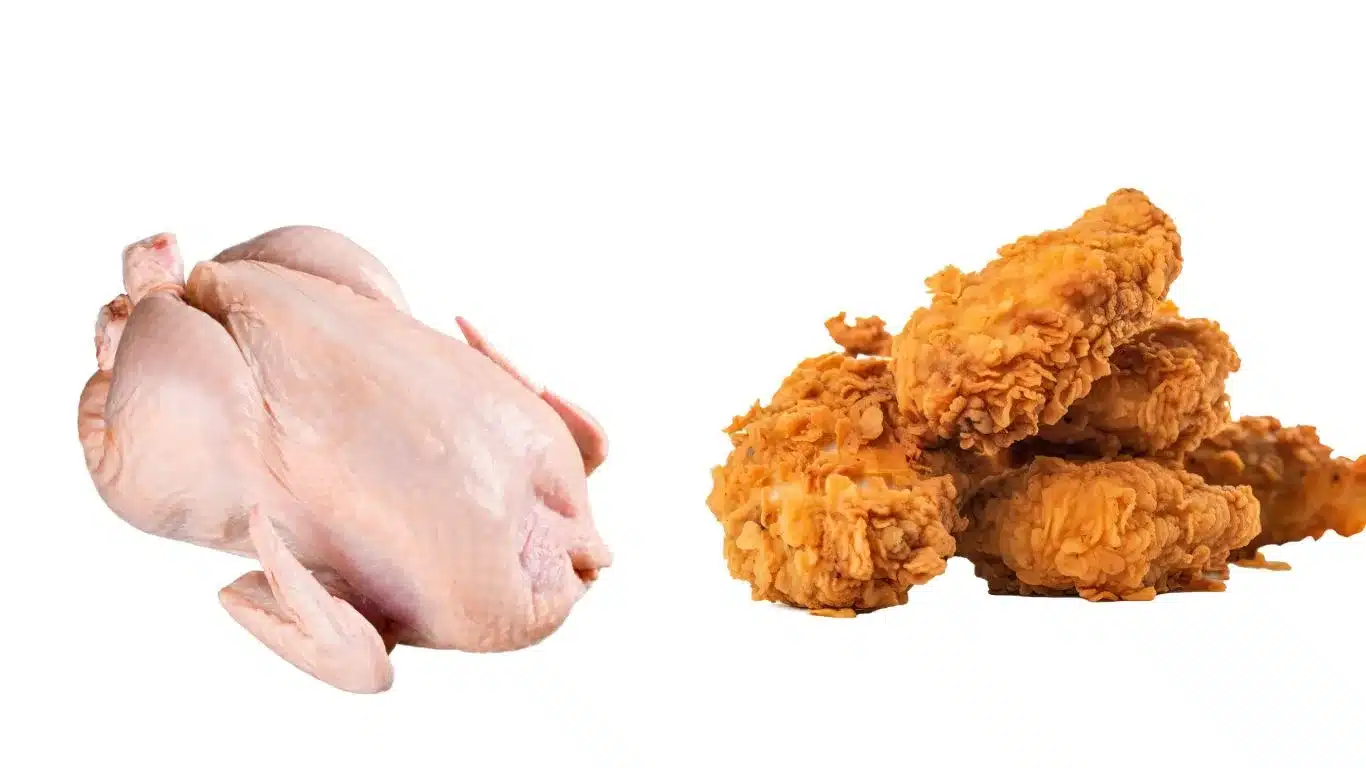
Comparison: Chicken Meal vs Whole Chicken
When it comes to protein sources in dog food, whole chicken and chicken meal are two options that pet owners often consider. While whole chicken is a quality source of protein, chicken meal has a distinct advantage in terms of protein content. The reduced moisture content of chicken meal makes it a more efficient and reliable protein source in dog food formulations.
Let’s take a closer look at the protein content of whole chicken and chicken meal:
| Protein Content | |
|---|---|
| Whole Chicken | Varies depending on the cut and preparation method |
| Chicken Meal | Higher protein content due to reduced moisture |
As shown in the table, while the protein content of whole chicken can vary depending on the specific cut and preparation method, chicken meal consistently offers a higher protein content due to its reduced moisture content. This makes it an excellent choice for providing the essential amino acids necessary for muscle development, immune function, and overall health in dogs.
By using chicken meal as a protein source in dog food, pet owners can ensure that their furry friends receive the optimal nutrition they need for vibrant health and energy. The concentrated protein content of chicken meal makes it a valuable ingredient in promoting muscle maintenance and supporting a healthy immune system.
Now that you understand the protein differences between chicken meal and whole chicken, you can confidently choose dog food that provides the best nutritional value for your beloved pet.
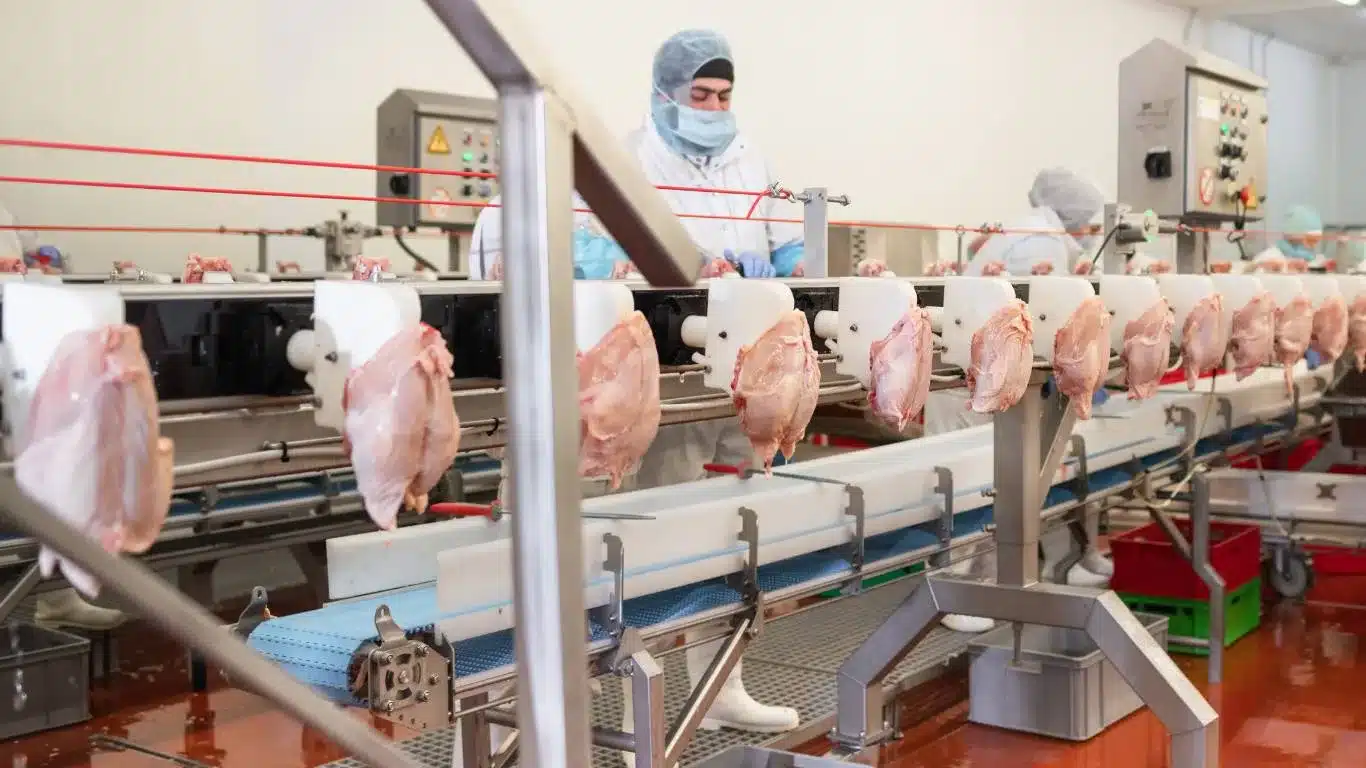
The Rendering Process of Chicken Meal
Chicken meal is a nutritious ingredient commonly found in dog food, but have you ever wondered how it is made? Let’s explore the fascinating rendering process that transforms raw chicken by-products into the concentrated protein source known as chicken meal.
The Steps of the Rendering Process
The rendering process begins by collecting raw chicken by-products, which include parts like bones, organs, and trimmings. These by-products are then ground into smaller pieces to facilitate the subsequent steps.
Next, the ground chicken by-products are cooked at high temperatures. This heat helps to separate the fat from the protein-rich components, ensuring that the final product has a higher concentration of proteins.
During cooking, moisture is extracted from the chicken by-products, further concentrating the proteins and essential minerals present. The removal of moisture not only increases the nutritional value of the chicken meal but also extends its shelf life.
Safety Regulations in the Rendering Process
The rendering process of chicken meal follows strict safety regulations and quality control measures to ensure the safety and integrity of the final product.
By adhering to these safety regulations, manufacturers can confidently provide dog owners with a high-quality and safe source of protein in their pet’s food.
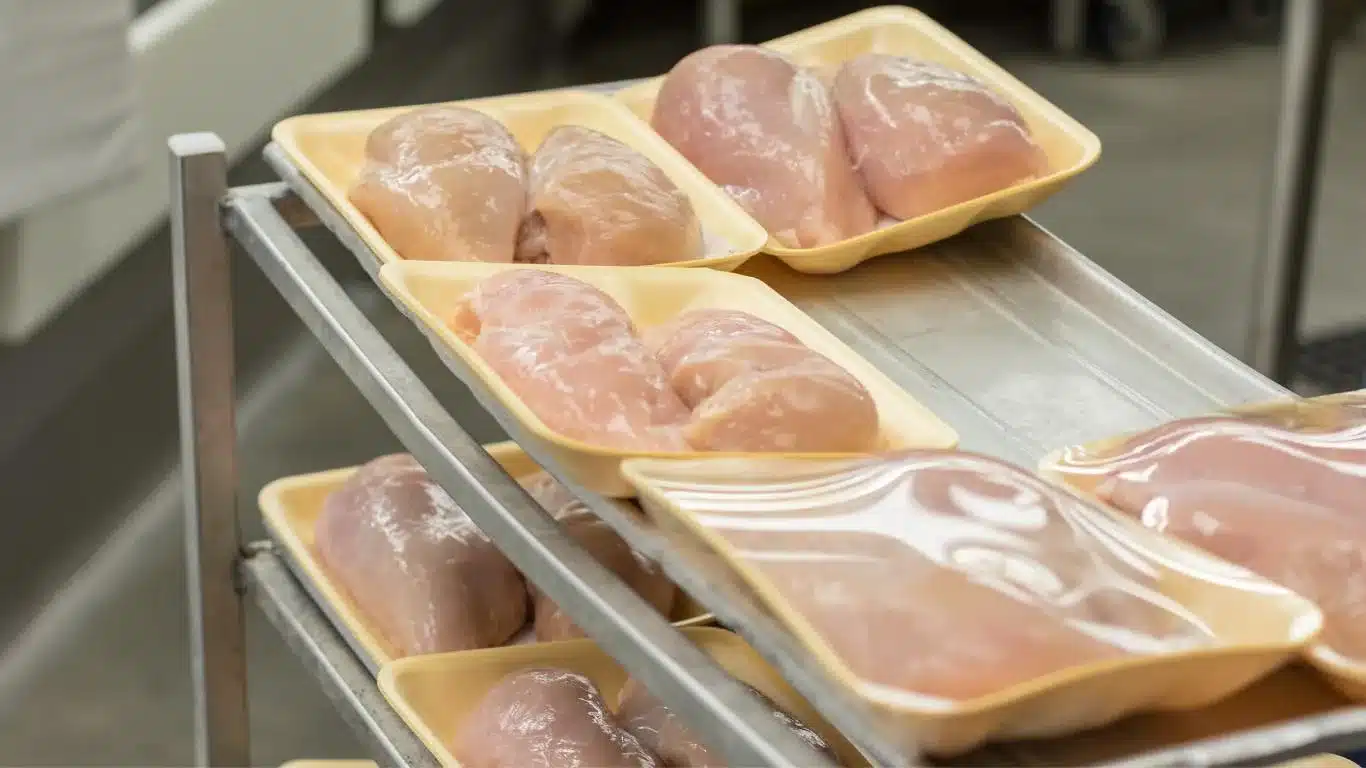
Now that we’ve learned about the rendering process, we can appreciate the effort that goes into creating chicken meal. This concentrated protein source plays a crucial role in providing essential nutrients for our canine companions, supporting their muscle development and overall health.
Factors Affecting Chicken Meal Quality
When it comes to chicken meal, the quality can vary depending on a few crucial factors. These factors include the source of the chicken, the rendering process employed, the preservation method utilized, and the composition of ingredients.
In order to ensure high-quality chicken meal, it is important to start with healthy birds that have been raised in optimal conditions. Birds that are free from disease and have a balanced diet contribute to a superior end product.
The rendering process plays a vital role in the quality of chicken meal. It involves cooking and drying the raw poultry to remove moisture and fat, resulting in a concentrated protein and mineral-rich powder. Proper rendering techniques are crucial to preserving the nutritional integrity of the chicken meal.
Furthermore to sourcing and rendering, the preservation method employed also affects the quality of chicken meal. Proper storage and packaging help maintain the nutritional value and extend the shelf life of the product.
Lastly, the composition of ingredients used in chicken meal can impact its quality. High-quality chicken meal consists primarily of muscle meat, which contains more essential nutrients compared to other parts of the chicken.
In summary, the quality of chicken meal in dog food is influenced by factors such as chicken sourcing, rendering process, preservation method, and ingredient composition. Ensuring that these factors are of high standard results in a chicken meal product that provides optimal nutrition for your furry friend.
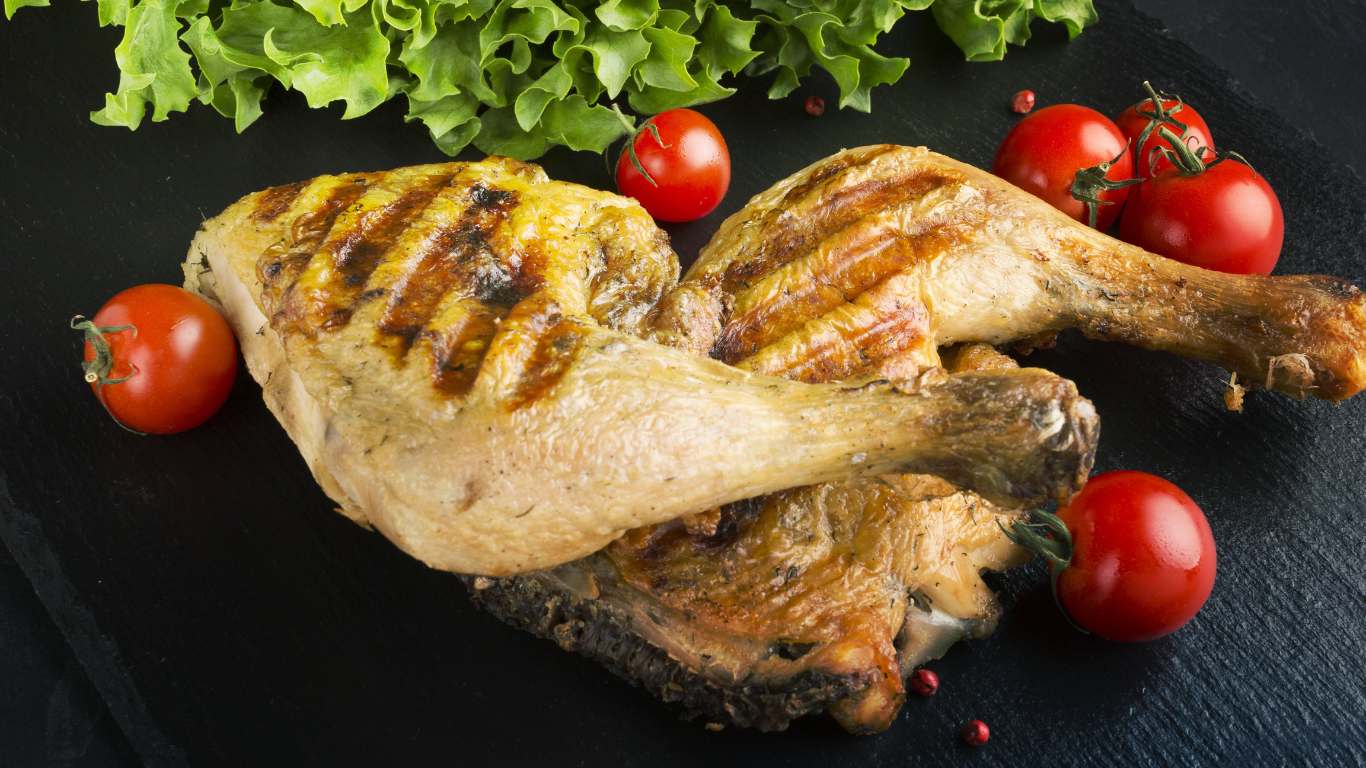
Identifying High-quality Chicken Meal
When it comes to choosing dog food with high-quality chicken meal, it’s essential to be an informed consumer. By understanding how to identify the best chicken meal, you can ensure that your furry friend is receiving a nutritious and balanced diet. Here are some tips to help you make the right choice:
- Check the ingredient list: Look for dog food brands that clearly specify the source of their chicken. Brands that use high-quality chicken meal will often indicate the use of human-grade chickens. This ensures that the meat used is of a higher standard and free from by-products.
- Research the manufacturer’s rendering process: The quality of chicken meal is influenced by the rendering process used to produce it. Research the manufacturer’s practices and ensure that they follow strict safety regulations and quality control measures. This will help you determine if the chicken meal is sourced from healthy birds and produced using optimal methods.
- Consider sourcing standards: Some dog food brands prioritize the sourcing of their ingredients and provide transparency about where their chicken comes from. Look for brands that have strict sourcing standards and prioritize the use of responsibly raised chickens. This ensures that the chicken used in the meal is of higher quality.
- Pay attention to protein content: High-quality chicken meal should have a significant protein content. Check the nutritional label on the dog food packaging to ensure that the protein content is sufficient for your dog’s needs. A higher protein content indicates a higher quality chicken meal.
By following these guidelines, you can make an informed decision when choosing dog food with high-quality chicken meal. Prioritizing the quality of the chicken meal ensures that your dog receives the essential nutrients they need for a healthy and happy life.
Pet Food Industry Practices and Concerns
The pet food industry follows specific practices in sourcing ingredients for pet food production. However, there are concerns regarding the utilization of waste products in pet food. These practices raise questions about the quality and safety of the ingredients used.
One common practice in the pet food industry is the utilization of waste products from the agriculture and food industries. This includes the use of spoiled grains, slaughterhouse offal, and other discarded materials. While these ingredients may seem undesirable, they are often processed to create usable components for pet food production.
It is important for pet owners to be aware of these industry practices and concerns. Understanding what goes into your pet’s food can help you make informed decisions about their nutritional needs and overall well-being.
Industry Practices: Utilizing Waste Products
The pet food industry often repurposes waste products to ensure that no part of the animal or food goes to waste. These waste products may include:
- Spoiled grains
- Slaughterhouse offal
- Discarded materials from food processing
While these ingredients may not meet the standard of human food consumption, they can still be utilized to create pet food.
Concerns about Quality and Safety
One of the main concerns surrounding the use of waste products in pet food is the quality and safety of the ingredients. Some worry that these ingredients may be of lower quality compared to those used in human-grade food products.
Additionally, the utilization of waste prod
Lack of Regulation and Enforcement
The pet food industry in the United States operates with less strict regulation compared to the human food industry. Regulations and enforcement regarding pet food safety vary across different states. While the FDA has some authority over pet food, the primary responsibility for regulation lies with state feed control officials.
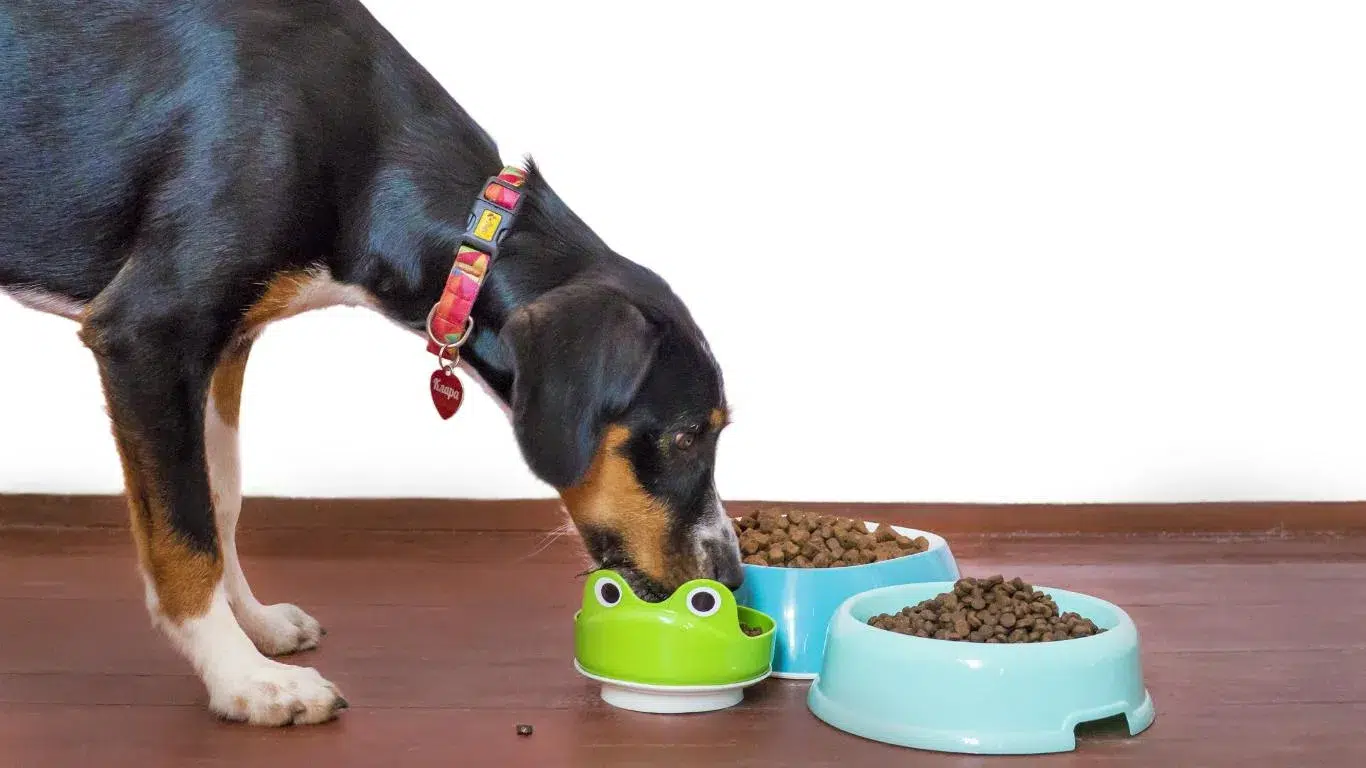
This lack of consistent regulation and enforcement raises concerns about the quality and safety of pet food products available on the market. Pet owners rely on these products to provide essential nutrition to their beloved animals, but without robust oversight, the industry may be prone to quality lapses and potential risks.
State Variation in Regulation
This state-by-state variation in regulation also poses challenges for pet food manufacturers, distributors, and retailers who operate across multiple states. Adhering to different regulatory requirements can lead to complex compliance, making it difficult for businesses to ensure consistent product quality nationwide.
The Role of the FDA
The Food and Drug Administration (FDA) plays a limited role in overseeing the safety and regulation of pet food. While the FDA sets certain standards for pet food labeling and ingredients, its resources and authority are primarily focused on human food safety.
The FDA’s Center for Veterinary Medicine (CVM) works collaboratively with state feed control officials to monitor pet food safety. However, due to limited resources and the decentralized nature of pet food regulation, ensuring comprehensive enforcement and oversight across the entire industry remains challenging.
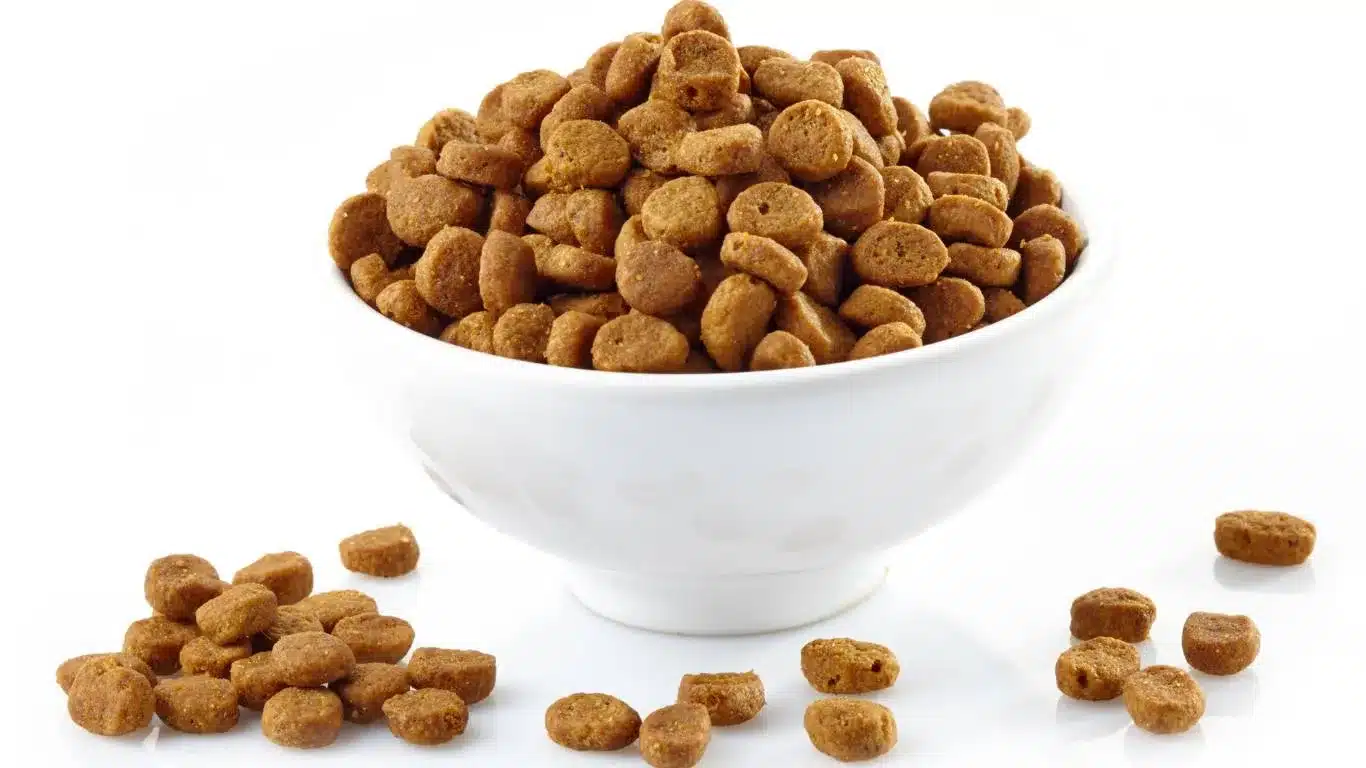
The Need for Strengthened Regulation
To address concerns about pet food quality and safety, there is a growing call for more robust regulation and enforcement in the industry. Advocates argue that clearer standards, increased scrutiny, and standardized testing methodologies would help ensure the reliable and safe production of pet food.
Efforts are underway to develop new regulations that would enhance the safety and quality control measures for pet food products. Increased collaboration between federal and state authorities, along with industry stakeholders, can pave the way for improved regulations that better safeguard the health and well-being of pets.
| Challenges | Recommendations |
|---|---|
| Lack of consistent standards | Establish uniform regulations and enforcement mechanisms at the federal level to ensure consistent product quality. |
| Insufficient resources for enforcement | Allocate adequate funding and resources to regulatory agencies to enhance their capabilities for monitoring pet food safety. |
| Inconsistent testing methodologies | Create standardized testing protocols to ensure accurate and reliable assessment of pet food quality and safety. |
| Transparency and consumer education | Improve pet food labeling requirements to provide clearer information about ingredients, sourcing, and manufacturing processes. |
This image highlights the importance of effective regulation and enforcement in ensuring pet food safety and quality. By implementing stronger regulatory measures, we can ensure that our pets receive nutritionally balanced and safe food.
Labeling and Standards in Pet Food
When it comes to pet food, understanding the labeling and standards is essential for making informed choices about your furry friend’s nutrition. The pet food industry follows specific requirements set by the Association of American Feed Control Officials (AAFCO), which establish rules for naming, ingredient listing, and guaranteed analysis.

AAFCO sets guidelines to ensure that pet food is accurately labeled and meets the minimum nutritional requirements for pets. However, it’s important to note that these standards may not always provide complete transparency about the content and nutritional value of pet food. Despite the regulations in place, it’s crucial for pet owners to dig deeper and understand the information presented on pet food labels.
Pet food labels can be confusing, with terms like “natural,” “grain-free,” or “organic” catching the attention of pet owners. It’s important to remember that these terms may not always guarantee superior nutritional quality. Instead, focus on the key aspects of pet food labeling that provide valuable information about the product.
The most critical information to look for on pet food labels includes:
- The product name: The name of the pet food can reveal important details about the primary ingredients used. For instance, a product labeled “Chicken Dinner for Dogs” must contain a minimum of 25% chicken.
- The guaranteed analysis: This section provides a breakdown of the nutrient content in the food, including protein, fat, fiber, and moisture percentages. It helps pet owners compare different products based on their pet’s specific dietary needs.
- The ingredient list: This list details all the ingredients included in the pet food, listed in descending order by weight. Look for high-quality protein sources, whole ingredients, and minimal use of fillers or artificial additives.
While understanding pet food labeling is important, it’s equally crucial to assess the quality and safety of the ingredients used. The AAFCO standards help establish minimum requirements, but they may not guarantee optimum nutrition for your pet. Conduct thorough research, consult your veterinarian, and choose reputable brands that prioritize transparency and quality in their manufacturing processes.
Decoding Pet Food Labels
Grain-free
| Term | Meaning |
|---|---|
| Natural | The product is made without artificial flavors, colors, or preservatives, but it doesn’t guarantee nutritional superiority. |
| The product does not contain grains such as wheat, corn, or soy. It may include alternative sources of carbohydrates. | |
| Organic | The product is made with ingredients produced without synthetic fertilizers, pesticides, or genetically modified organisms (GMOs). However, it doesn’t guarantee the overall nutritional quality of the food. |
| By-products | These are parts of the animal that are not typically consumed by humans, such as organs and bones. While by-products can be nutritious, it’s important to ensure their quality and sourcing. |
Join the Pet Planet Diaries
Sign up for our newsletter to get the latest tips, stories, and exclusive insights into the wonderful world of pets.
Final Remarks
Understanding chicken meal in dog food is crucial for you, as a pet owner, to make informed decisions about your dog’s diet. Chicken meal serves as a valuable protein source in dog food, providing essential nutrients that support muscle development, immune function, and overall health in canines.
By understanding the components, quality, and regulations surrounding chicken meal, you can ensure that your furry friend is receiving a nutritious and balanced diet. Chicken meal is a concentrated and digestible protein source, offering high-quality nutrients for your dog’s well-being.
When choosing dog food, pay attention to the ingredient list and look for specific sources of chicken. Research the manufacturer’s rendering process and sourcing standards to ensure that the chicken meal used is of high quality. By doing so, you can take an active role in promoting your dog’s health and providing the best nutrition possible.
FAQ
What is chicken meal in dog food?
Chicken meal in dog food is a concentrated protein source made from cooked and dried poultry meat. It excludes feathers, feet, and entrails to provide high-quality protein.
What are the benefits of chicken meal in dog food?
Chicken meal serves as a protein-rich ingredient in many dog foods, offering essential nutrients that support canine muscle development and overall health.
What is the nutritional value of chicken meal in dog food?
Chicken meal is rich in essential amino acids, which are vital for muscle maintenance, immune response, and tissue repair in dogs. Its high protein content enhances muscle development and maintenance, and contributes to overall canine health.
Is chicken meal the same as chicken by-product meal?
No, chicken meal and chicken by-product meal are different. Chicken meal is made from muscle tissue, skin (minus feathers), and finely ground bones, while chicken by-product meal can include other parts like feathers, feet, and organs.
Why is chicken meal important in dog food?
Chicken meal is a concentrated and digestible protein source that provides essential nutrients for dogs. It is also more efficient and reliable due to its higher protein content compared to whole chicken.
How can I choose dog food with high-quality chicken meal?
To ensure high-quality chicken meal in dog food, consumers should check the ingredient list for specific sources of chicken, look for brands that specify the use of human-grade chickens, research the manufacturer’s rendering process and sourcing standards, and pay attention to protein content on the nutritional label.
Are there concerns about the quality and safety of pet food ingredients?
Yes, the pet food industry often utilizes waste products from the agriculture and food industries in pet food production, raising concerns about the quality and safety of ingredients.
How is the pet food industry regulated?
The pet food industry is not as highly regulated as the human food industry. The FDA has limited authority over pet food, and regulation is primarily conducted by state feed control officials.
What labeling standards apply to pet food?
Pet food labeling follows specific requirements set by AAFCO, including rules for naming, ingredient listing, and guaranteed analysis. However, these standards do not always provide complete transparency about the content and nutritional value of pet food.
Why is it important to understand chicken meal in dog food?
Understanding chicken meal in dog food allows pet owners to make informed decisions about their dog’s diet and ensure they are receiving nutritious and balanced meals.
With a passion for canine companionship and a wealth of experience spanning 15 years, Dan Schroeder stands as a distinguished authority in the realm of dog health, training, and beyond.
From an early age, Dan found solace and joy in the company of four-legged friends, sparking a lifelong dedication to understanding and enhancing the lives of dogs. His journey into the world of canine expertise began over a decade and a half ago, marked by a relentless pursuit of knowledge in the fields of dog health, behavior, and training.
